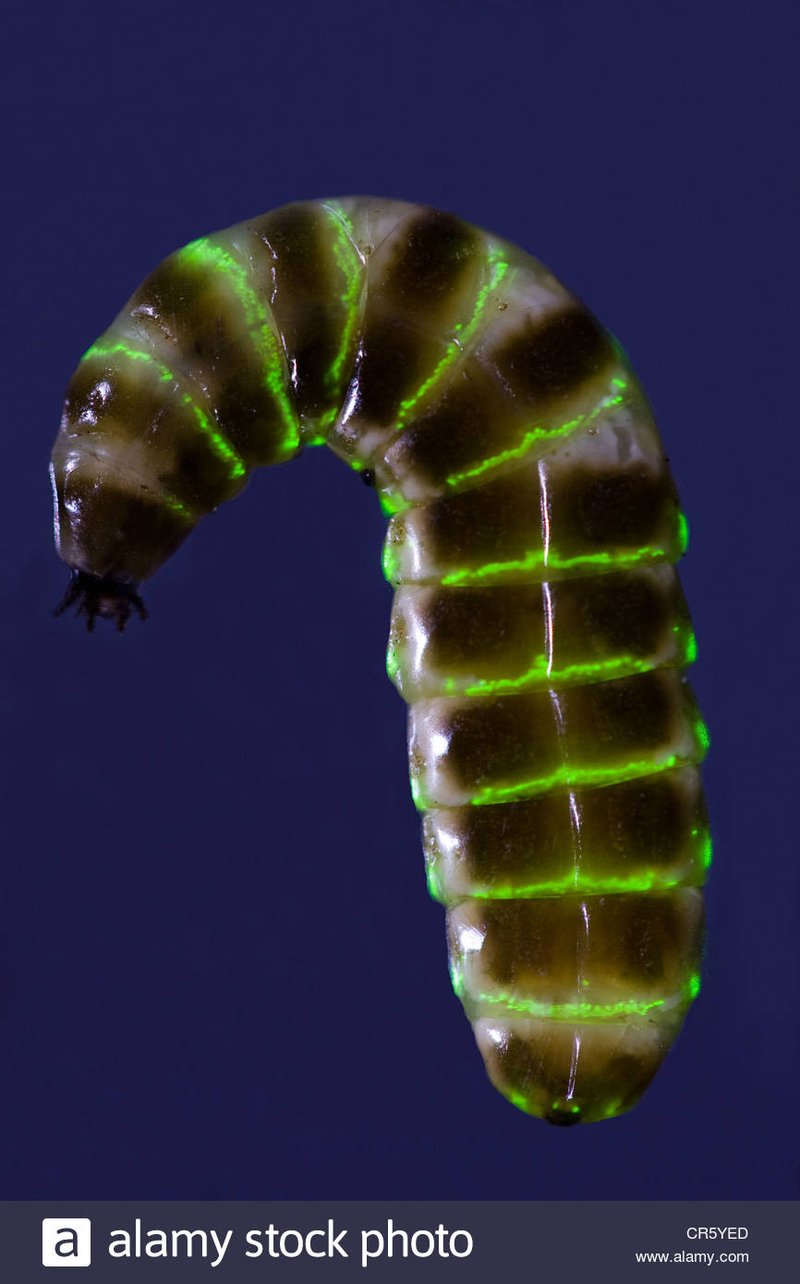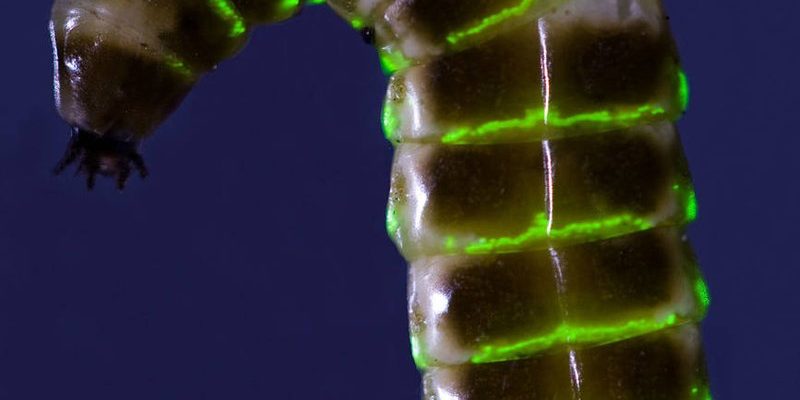
Imagine sitting in a dimly lit café, sipping your coffee, and watching fireflies dance around a garden. That twinkling magic isn’t just random. Much like those fireflies, glow worms produce light for specific reasons. But unlike fireflies, glow worms, primarily found in New Zealand and Australia, emit light to attract prey and mate. The color of this light can change, and it’s all tied to their environment, biology, and even the chemistry of their surroundings. So, let’s explore the science behind the dazzling glow of these incredible organisms.
What Are Glow Worms, Anyway?
Before we dive deeper into their light variations, it’s important to understand what glow worms are. These creatures are actually the larvae of several types of beetles, mainly from the family Lampyridae. They live in damp, dark environments, often in caves or dense forests. Their bioluminescent light is produced by a chemical reaction in their bodies, similar to how some jellyfish glow.
Here’s the thing: that glowing light is not just for show. It serves a purpose. Glow worms use their light to attract insects, which they trap using sticky silk threads. When the unsuspecting insects approach, they get stuck. It’s an ingenious survival tactic that showcases nature’s creativity.
In terms of color, glow worms can produce light in shades ranging from blue to green. This variety isn’t just pretty; it’s a fascinating aspect of their biology that is influenced by several factors.
The Role of Bioluminescence in Glow Worms
Now, let’s talk about bioluminescence itself. This natural phenomenon occurs when certain chemicals in an organism react with oxygen. In the case of glow worms, a molecule called *luciferin* reacts with oxygen in the presence of an enzyme called *luciferase*. The outcome of this reaction is light!
What’s fascinating is that the specific wavelength of light emitted—meaning its color—can vary. Typically, glow worms emit blue-green light, but certain conditions can lead to changes. For instance, variations in acidity or the presence of certain minerals in their environment can affect the glow.
Think about it like baking. If you alter the ingredients or change the oven temperature, you’ll get a different result. Similarly, changes in their surroundings can lead to variations in the light they produce.
Environmental Factors Affecting Light Color
When we talk about the environment, we are referring to multiple factors. Temperature, humidity, and even the amount of available oxygen all play significant roles in how glow worms produce light.
– Temperature: Glow worms tend to thrive in cooler environments. Higher temperatures can actually reduce their ability to glow. Picture this: you know how ice cream melts on a hot day? In a similar way, excess heat can disrupt the chemical processes that create light in glow worms.
– Humidity: These creatures prefer wet conditions. Increased humidity levels can enhance their light production. It’s almost like they’re putting on a show when it’s rainy and moist outside.
– Oxygen Levels: Being creatures that rely on oxygen for their chemical reactions, lower oxygen levels can impact their glow intensity. In caves, oxygen concentration can vary greatly, leading to different shades in their light.
Understanding these environmental factors is like peeking behind the curtain of a magic show. It shines a light on why these incredible beings flicker their unique colors.
Biological Factors Behind Color Variations
Aside from environmental conditions, the biology of the glow worms themselves affects their light colors too. Just like different breeds of dogs can vary in size and color, glow worms have their own unique biological traits that influence their luminescence.
Some species may have different forms of luciferin or luciferase, leading to a range of light colors in different environments. For example, certain glow worms may emit a brighter blue light, while others glow a more subdued green.
Here’s a fun fact: the intensity of their glow can also change based on their age! Younger glow worms tend to emit a brighter light as they are more active in attracting prey, while older ones might glow a bit dimmer. So, just like how your favorite song might hit differently depending on your mood, glow worm colors can vary based on their life stage.
How Glow Worms Communicate with Light
You might be wondering if glow worms are just showing off their colors for fun. In reality, they use light as a form of communication. The dance of their glowing light creates a visual language that is crucial for mating and hunting.
For mating, male glow worms are attracted to the light produced by females. The brighter the light, the more appealing the female looks to a potential mate. This mimics the way many animals use visual signals to attract partners. So, in this sense, their glow is like an advertisement—”Hey, look at me! I’m a great catch!”
For hunting, the glow serves to lure in unsuspecting insects. The light creates an illusion of a safe haven; when insects see the bright light, they are drawn closer, where sticky silk traps await. It’s a clever strategy that highlights nature’s remarkable ways of survival and reproduction.
Human Interaction with Glow Worms
While glow worms are a stunning sight in the wild, human interaction can impact their populations and light effects. Many people travel to see these enchanting creatures, especially in areas like New Zealand. However, increased human activity can disrupt their natural habitat.
It’s crucial to engage in responsible tourism. Stepping lightly, minimizing light pollution, and respecting their environments can help keep these creatures thriving. Just like a candle needs the right conditions to burn brightly, glow worms need a healthy ecosystem to continue their luminous performances.
Also, look out for local conservation efforts that aim to protect these glowing wonders. It’s comforting to know that many organizations work hard to maintain natural habitats so future generations can witness this beautiful natural phenomenon.
The Future of Glow Worm Research
The fascinating world of glow worms has sparked interest from scientists and researchers. Understanding the science behind their light color variations could lead to new discoveries, not just in ecology but also in biotechnology. For instance, researchers are exploring how the enzymes involved in bioluminescence can be applied in medical and industrial fields.
Who knows? One day, the glowing light of a glow worm might inspire innovations in sustainable lighting or medical diagnostics. These little creatures are more than just a pretty sight; they hold secrets that could lead to breakthroughs.
Studying glow worms not only enhances our appreciation of nature but can also help us solve real-world problems. The more we learn, the more we understand the interconnectedness of life on our planet.
In summary, glow worms are incredible organisms that offer an enchanting glimpse into the science of bioluminescence. Their light color variations, influenced by environmental and biological factors, create a captivating performance that’s both beautiful and full of purpose. By respecting their habitats and supporting conservation efforts, we can help ensure that these magical creatures continue to light up our world for years to come.

